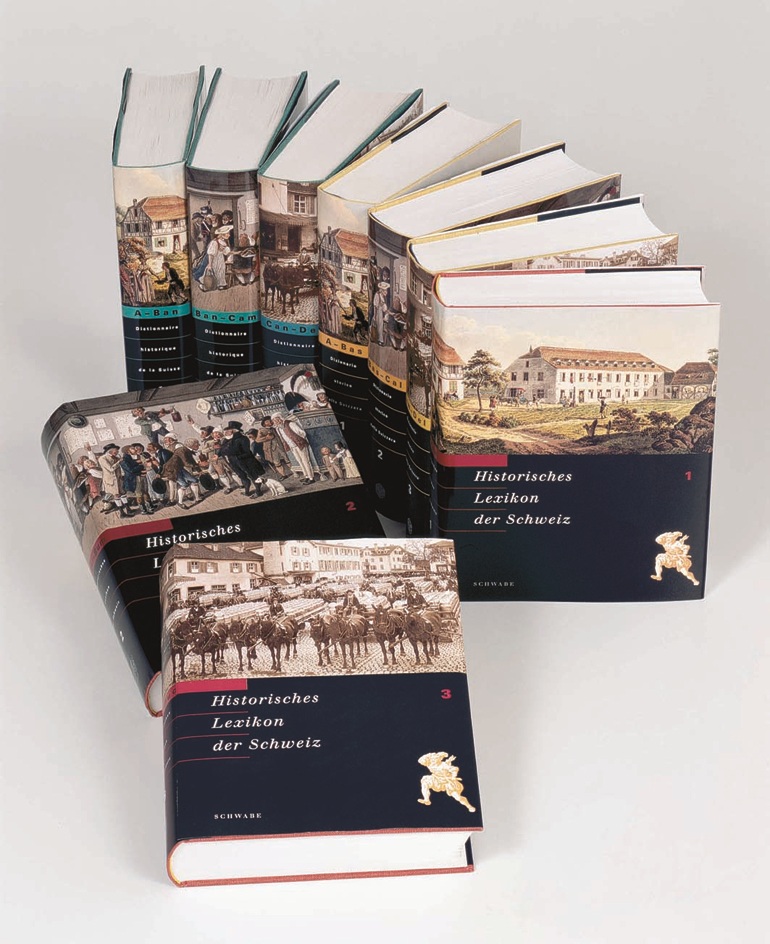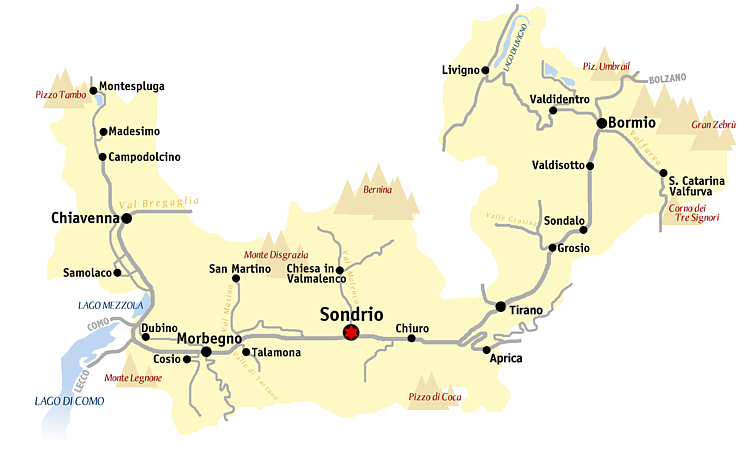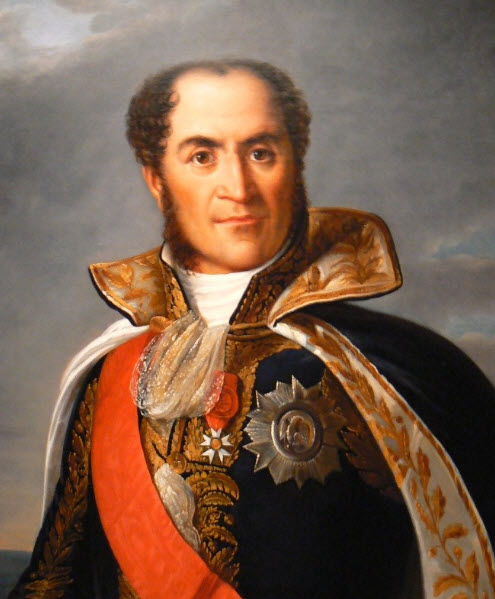|
French Invasion Of Switzerland
The French invasion of Switzerland (French: ''Campagne d'Helvétie'', German: ''Franzoseneinfall'') occurred from January to May 1798 as part of the French Revolutionary Wars. The independent Old Swiss Confederacy collapsed from the invasion and simultaneous internal revolts called the "Helvetic Revolution". The Swiss Ancien Régime institutions were abolished and replaced by the centralised Helvetic Republic, one of the sister republics. Background Before 1798, the modern region of Vaud belonged to the Canton of Bern, to which it had a dependent status. Moreover, the majority of Francophone Catholic Vaudois felt oppressed by the German-speaking Protestant majority of Bern. Several Vaudois patriots such as Frédéric-César de La Harpe advocated for independence. In 1795, La Harpe called on his compatriots to rise up against the Bernese aristocrats, but his appeal fell to deaf ears, and he had to flee to Revolutionary France, where he resumed his activism. In late 1797, French ... [...More Info...] [...Related Items...] OR: [Wikipedia] [Google] [Baidu] |
French Revolutionary Wars
The French Revolutionary Wars (french: Guerres de la Révolution française) were a series of sweeping military conflicts lasting from 1792 until 1802 and resulting from the French Revolution. They pitted French First Republic, France against Kingdom of Great Britain, Britain, Habsburg monarchy, Austria, Kingdom of Prussia, Prussia, Russian Empire, Russia, and several other monarchies. They are divided in two periods: the War of the First Coalition (1792–97) and the War of the Second Coalition (1798–1802). Initially confined to Europe, the fighting gradually assumed a global dimension. After a decade of constant warfare and aggressive diplomacy, France had conquered territories in the Italian Peninsula, the Low Countries and the Rhineland in Europe and abandoned Louisiana (New France), Louisiana in North America. French success in these conflicts ensured the spread of revolutionary principles over much of Europe. As early as 1791, the other monarchies of Europe looked with ou ... [...More Info...] [...Related Items...] OR: [Wikipedia] [Google] [Baidu] |
Liestal
Liestal (, Standard ), formerly spelled Liesthal, is the capital of Liestal District and the canton of Basel-Landschaft in Switzerland, south of Basel. Liestal is an industrial town with a cobbled-street Old Town. The official language of Liestal is (the Swiss variety of Standard) German, but the main spoken language is the local variant of the Alemannic Swiss German dialect. History The name ''Liestal'' was first mentioned in 1225, and the settlement dates at least from Roman times. The development of the town is due to its strategic location on the road between the first bridge over the Rhine at Basel and the St. Gotthard Pass. Citizens of Liestal participated in the Burgundian Wars in 1476 and 1477 against Charles the Bold. In 1501, the mayor swore allegiance to the Swiss Confederation, and this caused repeated conflict with neighboring Rheinfelden, which belonged to the Habsburgs. In the 17th century, Liestal rebelled against Basel as part of the Farmers' Rebellion an ... [...More Info...] [...Related Items...] OR: [Wikipedia] [Google] [Baidu] |
Historical Dictionary Of Switzerland
The ''Historical Dictionary of Switzerland'' is an encyclopedia on the history of Switzerland that aims to take into account the results of modern historical research in a manner accessible to a broader audience. The encyclopedia is published by a foundation under the patronage of the Swiss Academy of Humanities and Social Sciences (SAGW/ASSH) and the Swiss Historical Society (SGG-SHH) and is financed by national research grants. Besides a staff of 35 at the central offices, the contributors include 100 academic advisors, 2500 historians and 100 translators. Print edition The encyclopedia is published simultaneously in three of Switzerland's national languages: German (''Historisches Lexikon der Schweiz'', HLS, in red), French (''Dictionnaire Historique de la Suisse'', DHS, in blue) and Italian Italian(s) may refer to: * Anything of, from, or related to the people of Italy over the centuries ** Italians, an ethnic group or simply a citizen of the Italian Republic or ... [...More Info...] [...Related Items...] OR: [Wikipedia] [Google] [Baidu] |
Prince-Bishopric Of Basel
The Prince-Bishopric of Basel (german: Hochstift Basel, Fürstbistum Basel, Bistum Basel) was an ecclesiastical principality within the Holy Roman Empire, ruled from 1032 by prince-bishops with their seat at Basel, and from 1528 until 1792 at Porrentruy, and thereafter at Schliengen. As an imperial estate, the prince-bishop had a seat and voting rights at the Imperial Diet. The final dissolution of the state occurred in 1803 as part of the German Mediatisation. The Prince-Bishopric comprised territories now in the Swiss cantons of Basel-Landschaft, Jura, Solothurn and Bern, besides minor territories in nearby portions of southern Germany and eastern France. The city of Basel ceased to be part of the Prince-Bishopric after it joined the Swiss Confederacy in 1501. History The Bishopric of Basel was established by the Carolingians, either by Pepin the Short or by Charlemagne himself. The first recorded bishop of Basel is one Walaus, the first entry in the list of bishops prese ... [...More Info...] [...Related Items...] OR: [Wikipedia] [Google] [Baidu] |
Three Leagues
The Three Leagues, sometimes referred to as Raetia, was the alliance of 1471 of the League of God's House, the League of the Ten Jurisdictions, and the Grey League, leading eventually to the formation of the Swiss canton of Graubünden (Grisons). The territory corresponds to the core territory of Raetia Curiensis (ruled by the bishops of Chur as Prince-Bishopric of Chur), the early medieval remnant of the Roman province of Raetia prima. League of God's House On 29 January 1367, the League of God's House (german: Gotteshausbund, it, Lega Caddea, rm, ), was founded to resist the rising power of the Bishopric of Chur and the House of Habsburg. Bishop Peter Gelyto reacted by transferring the bishopric to the Habsburgs in exchange for a pension from the ducal house. The instrument of union was signed by envoys of the cathedral chapter, the episcopal Ministerialis, the city of Chur and the districts of Domleschg, Schams, Oberhalbstein, Oberengadin, Unterengadin and Bergell. ... [...More Info...] [...Related Items...] OR: [Wikipedia] [Google] [Baidu] |
Bormio
Bormio ( lmo, Bormi, rm, italic=yes, , german: Worms im Veltlintal) is a town and ''comune'' with a population of about 4,100 located in the Province of Sondrio, Lombardy region of the Alps in northern Italy. The centre of the upper Valtellina valley, it is a popular winter sports resort. It was the site of the Alpine World Ski Championships in 1985 and 2005, and annually hosts the Alpine Ski World Cup. In addition to modern skiing facilities, the town is noted for the presence of several hot springs that have been tapped to provide water to three thermal baths. Geography Bormio lies in the northeast of the Lombardy region at the top of the Valtellina, a broad glacial valley formed by the Adda River that flows down into Lake Como. It is linked to other valleys via four passes: * South Tyrol via the Stelvio Pass * Val Müstair via the Umbrail Pass * Livigno via the Foscagno Pass * Ponte di Legno via the Gavia Pass History Due to its thermal baths at ''Bagni Vecchi'', ' ... [...More Info...] [...Related Items...] OR: [Wikipedia] [Google] [Baidu] |
Chiavenna
Chiavenna ( lmo, Ciavèna ; la, Clavenna; rm, Clavenna or ''Claven''; archaic german: Cläven or ''Kleven'') is a ''comune'' (municipality) in the Province of Sondrio in the northern Italian region of Lombardy. It is the centre of the Alpine Valchiavenna region. The historic town is a member of the Cittaslow movement. Geography Chiavenna is located about north of Milan and about northwest of Sondrio. The town is situated on the right bank of the river Mera about north of Lake Como. The river course leads up to Val Bregaglia in the east and the Swiss border at Castasegna. In the north, the Valle Spluga stretches up to Passo dello Spluga and the road to Chur in the Grisons. Chiavenna borders the following municipalities: Mese, Piuro, Prata Camportaccio, and San Giacomo Filippo. The municipality of Chiavenna contains the ''frazioni'' (subdivisions, mainly villages and hamlets) Campedello, Loreto, Pianazzola, and San Carlo. As of 31 December 2004, it had a population ... [...More Info...] [...Related Items...] OR: [Wikipedia] [Google] [Baidu] |
Valtellina
Valtellina or the Valtelline (occasionally spelled as two words in English: Val Telline; rm, Vuclina (); lmo, Valtelina or ; german: Veltlin; it, Valtellina) is a valley in the Lombardy region of northern Italy, bordering Switzerland. Today it is known for its ski center, hot spring spas, bresaola, cheeses (in particular Bitto, named after the river Bitto) and wines. In past centuries it was a key alpine pass between northern Italy and Germany and control of the Valtellina was much sought after, particularly during the Thirty Years' War as it was an important part of the Spanish Road. Geography The most important comune of the valley is Sondrio; the others major centers are Aprica, Morbegno, Tirano, Bormio and Livigno. Although Livigno is on the northern side of the alpine watershed, it is considered part of Valtellina as it falls within the province of Sondrio. History Antiquity and the middle ages The region was conquered in 16 BC by the Romans. By the 5th century i ... [...More Info...] [...Related Items...] OR: [Wikipedia] [Google] [Baidu] |
Geneva
Geneva ( ; french: Genève ) frp, Genèva ; german: link=no, Genf ; it, Ginevra ; rm, Genevra is the List of cities in Switzerland, second-most populous city in Switzerland (after Zürich) and the most populous city of Romandy, the French-speaking part of Switzerland. Situated in the south west of the country, where the Rhône exits Lake Geneva, it is the capital of the Canton of Geneva, Republic and Canton of Geneva. The city of Geneva () had a population 201,818 in 2019 (Jan. estimate) within its small municipal territory of , but the Canton of Geneva (the city and its closest Swiss suburbs and exurbs) had a population of 499,480 (Jan. 2019 estimate) over , and together with the suburbs and exurbs located in the canton of Vaud and in the French Departments of France, departments of Ain and Haute-Savoie the cross-border Geneva metropolitan area as officially defined by Eurostat, which extends over ,As of 2020, the Eurostat-defined Functional Urban Area of Geneva was made up of 9 ... [...More Info...] [...Related Items...] OR: [Wikipedia] [Google] [Baidu] |
French Directory
The Directory (also called Directorate, ) was the governing five-member committee in the French First Republic from 2 November 1795 until 9 November 1799, when it was overthrown by Napoleon, Napoleon Bonaparte in the Coup of 18 Brumaire and replaced by the French Consulate, Consulate. ''Directoire'' is the name of the final four years of the French Revolution. Mainstream historiography also uses the term in reference to the period from the dissolution of the National Convention on 26 October 1795 (4 Brumaire) to Napoleon's coup d’état. The Directory was continually at war with foreign coalitions, including Kingdom of Great Britain, Britain, Habsburg monarchy, Austria, Kingdom of Prussia, Prussia, the Kingdom of Naples, Russian Empire, Russia and the Ottoman Empire. It annexed Austrian Netherlands, Belgium and the left bank of the Rhine, while Bonaparte conquered a large part of Italy. The Directory established 196 short-lived sister republics in Italy, Old Swiss Confederacy ... [...More Info...] [...Related Items...] OR: [Wikipedia] [Google] [Baidu] |
Cisalpine Republic
The Cisalpine Republic ( it, Repubblica Cisalpina) was a sister republic of France in Northern Italy that existed from 1797 to 1799, with a second version until 1802. Creation After the Battle of Lodi in May 1796, Napoleon Bonaparte organized two states: one to the south of the Po, the Cispadane Republic, and one to the north, the Transpadane Republic. On 19 May 1797, Napoleon transferred the territories of the former Duchy of Modena to Transpadania and, on 12 Messidor (29 June), he decreed the birth of the Cisalpine Republic, creating a Directory for the republic and appointing its ministers. France published the constitution of the new republic on 20 Messidor (7 July), establishing the division of the territory into eleven departments: Adda ( Lodi), Alpi Apuane (Massa), Crostolo ( Reggio), Lario (Como), Montagna (Lecco), Olona (Milan), Panaro (Modena), Po (Cremona), Serio (Bergamo), Ticino (Pavia), and Verbano (Varese). The rest of Cispadania was merged into the Cisalpine Re ... [...More Info...] [...Related Items...] OR: [Wikipedia] [Google] [Baidu] |






